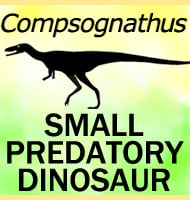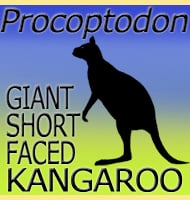In Depth
The problem with most dinosaur remains from the Cambridge Greensand is that they are incomplete representations of a living animal, and collections of fossils can often be the mixed up remains of more than one genus. In the past the genus of Anoplosaurus has been accused of being partially composed of ornithopod dinosaur remains, while the others should belong to the genus Acanthopholis, itself a dubious genus of nodosaurid from the Cambridge Greensand. Current thinking however reaffirms Anoplosaurus as a nodosaurid. The lack of armoured plates, commonly fossilised in armoured dinosaurs due to their density, has been interpreted as being because the holotype remains are of a still developing juvenile. This interpretation does fit in with the relatively small size of the holotype remains.
A second species of Anoplosaurus was once named as A. major, and this was established upon three vertebrae previously assigned to Acanthopholis stereocercus. These three vertebrae were composed of one cervical (neck) and two caudal (tail) vertebrae, but later analysis found that the cervical vertebrae belonged to an ankylosaur (a kind of armoured dinosaur related to nodosaurs), while the caudal vertebrae belonged to an igaunodont (a very different kind of unarmoured ornithischian dinosaur). Because the type material for the species is based upon what is more commonly termed a fossil chimera, this species is no longer regarded as valid.
Further Reading
- On the Dinosauria of the Cambridge Greensand, Harry Govier Seeley - 1879. - Notes on the British dinosaurs, Part IV: Acanthopholis, Baron Francis Nopcsa - 2009. - A systematic review of ankylosaurian dinosaur remains from the Albian-Cenomanian of England, Xabier Pereda-Superbiola & Paul M. Barrett - 1999.









